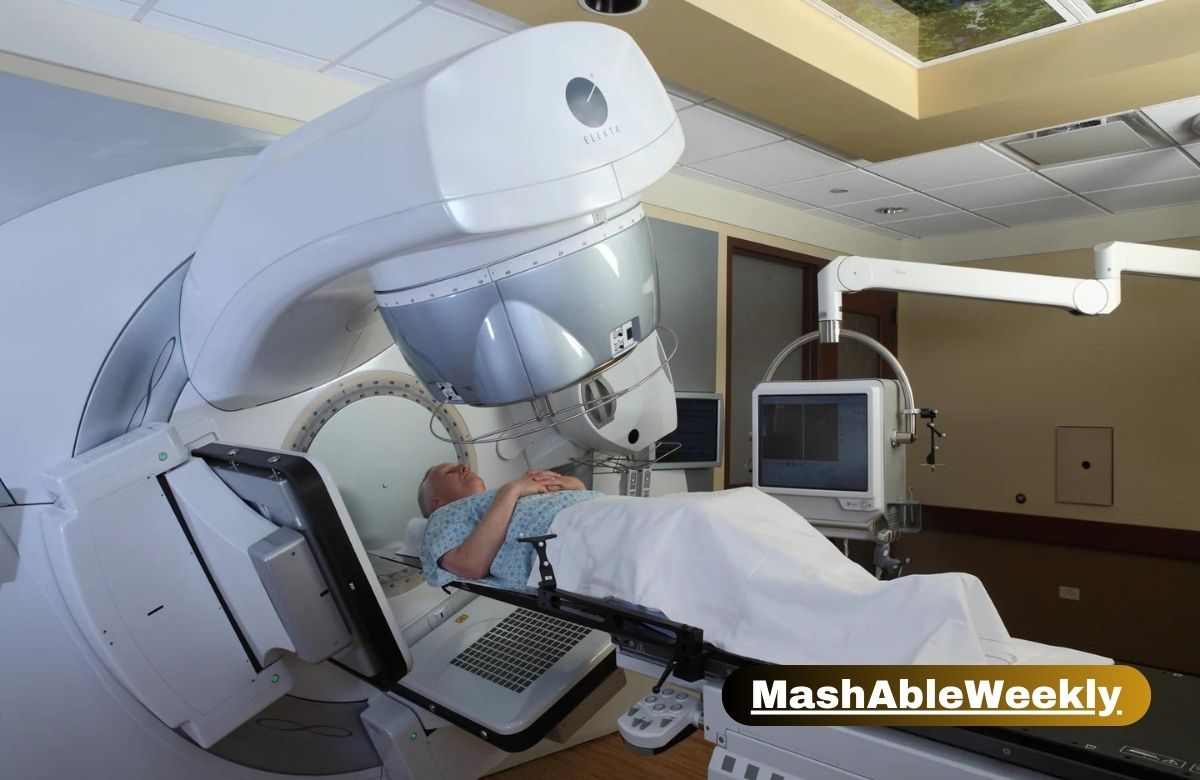Navigating the Landscape of Prostate Cancer: Prostatectomy and Radiation Therapy
Prostate cancer is a prevalent concern among men, and understanding the available treatment options is crucial for making informed decisions about one’s health. Two common approaches to treating prostate cancer are prostatectomy and radiation therapy. In this beginner’s guide, we’ll explore the basics of prostate cancer, delve into the details of prostatectomy and radiation therapy, and help you navigate the path to recovery.
Understanding Prostate Cancer:
Prostate cancer is the abnormal growth of cells in the prostate gland, a walnut-sized organ that plays a crucial role in the male reproductive system. It is the second most common cancer in men, with early detection being key to successful treatment. If you or a loved one has been diagnosed with prostate cancer, it’s essential to consult with healthcare professionals to determine the best course of action.
Prostatectomy: A Surgical Solution
Prostatectomy, or the surgical removal of the prostate gland, is a common treatment option for localized prostate cancer. This procedure can be performed through various techniques, including open surgery, laparoscopic surgery, and robot-assisted surgery.
First and foremost, the healthcare team will assess the stage and aggressiveness of the cancer to determine if surgery is the most suitable option. During a prostatectomy, the surgeon removes the entire prostate gland, and in some cases, nearby lymph nodes may also be excised to prevent the spread of cancer.
Transitioning to Recovery:
After prostatectomy, the road to recovery begins. Patients may experience some side effects, such as urinary incontinence and erectile dysfunction, but these are often temporary and can be managed with time and rehabilitation exercises. It’s crucial to follow the healthcare team’s guidance for post-operative care and attend regular follow-up appointments to monitor progress and address any concerns.
Radiation Therapy: Targeting Cancer Cells
Radiation therapy is another effective treatment option for prostate cancer, especially when surgery is not the preferred choice or in cases of advanced cancer. This non-invasive approach utilizes high doses of radiation to target and destroy cancer cells.
Transitioning to the Treatment Room:
Radiation therapy is typically administered in an outpatient setting, allowing patients to maintain their daily routines. Before the treatment begins, the healthcare team will conduct thorough planning sessions to ensure precise targeting of the cancerous cells while minimizing damage to surrounding healthy tissues.
During radiation therapy, patients lie on a treatment table, and a machine delivers focused beams of radiation to the prostate area. The process is painless, and the duration of each session varies based on the treatment plan.
Navigating Side Effects:
Just like any medical intervention, radiation therapy can have side effects. These may include fatigue, urinary changes, and bowel irritation. It’s important to communicate openly with the healthcare team about any symptoms experienced during treatment. They can provide guidance on managing side effects and improving overall well-being during the course of therapy.
Combining Treatments: A Comprehensive Approach
In some cases, healthcare professionals may recommend a combination of prostatectomy and radiation therapy for optimal results. This comprehensive approach aims to address the cancer from multiple angles, providing a higher chance of successful treatment and minimizing the risk of recurrence.
Making Informed Decisions:
When it comes to choosing between prostatectomy and radiation therapy, it’s essential to consider individual factors such as overall health, cancer stage, and personal preferences. Engage in open and honest discussions with your healthcare team, asking questions and seeking clarification on any concerns you may have.
Conclusion:
Navigating the landscape of prostate cancer and its treatment options can be overwhelming, but with knowledge and support, you can make informed decisions about your health. Whether opting for prostatectomy, radiation therapy, or a combination of both, remember that each individual’s journey is unique. Stay proactive in your healthcare, embrace a positive mindset, and lean on the expertise of your healthcare team to guide you through the path to recovery.



